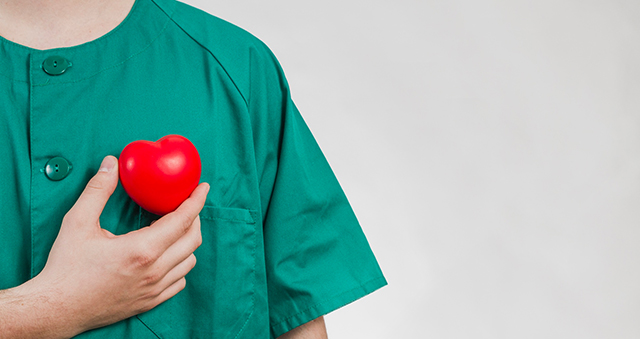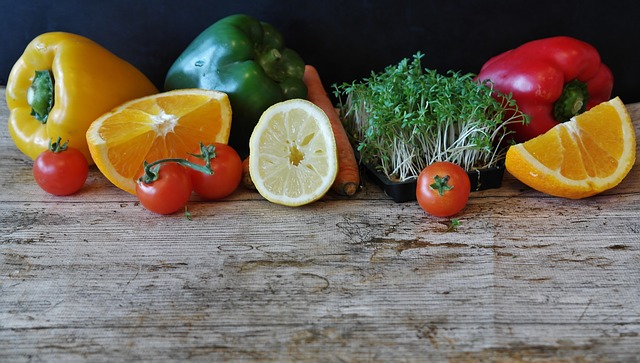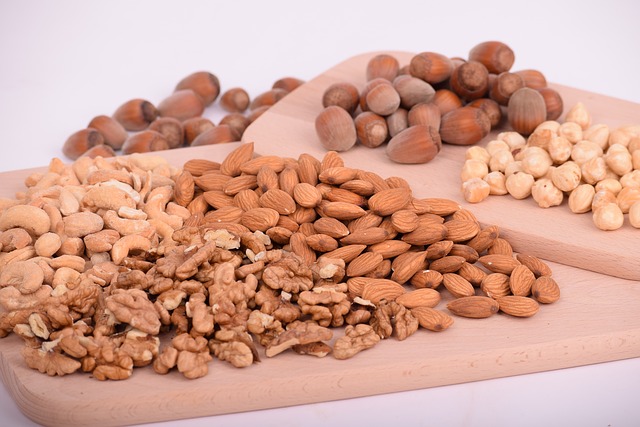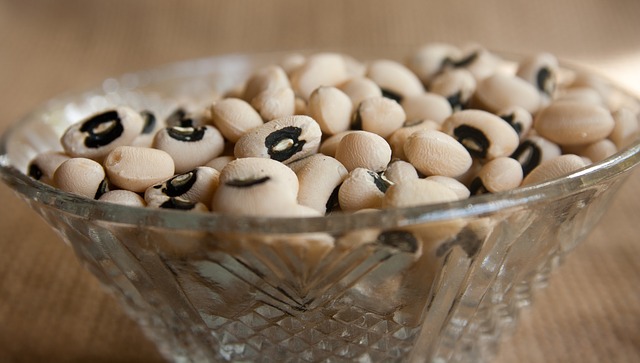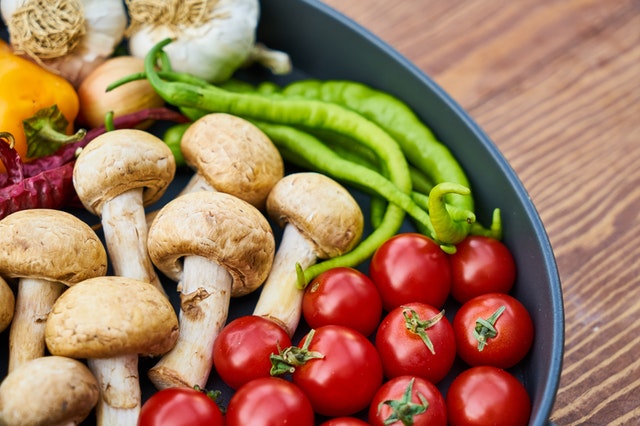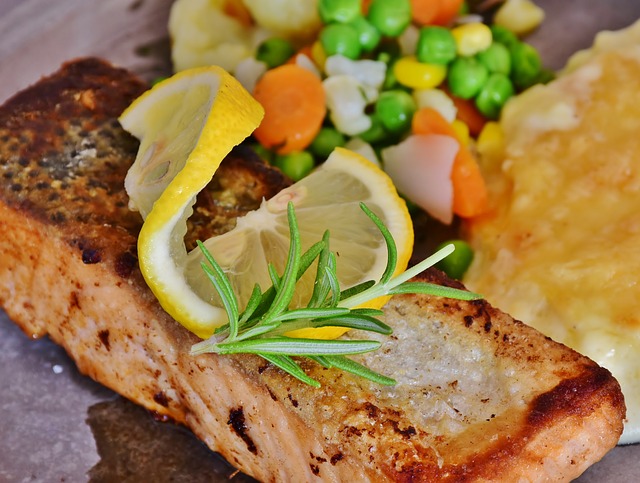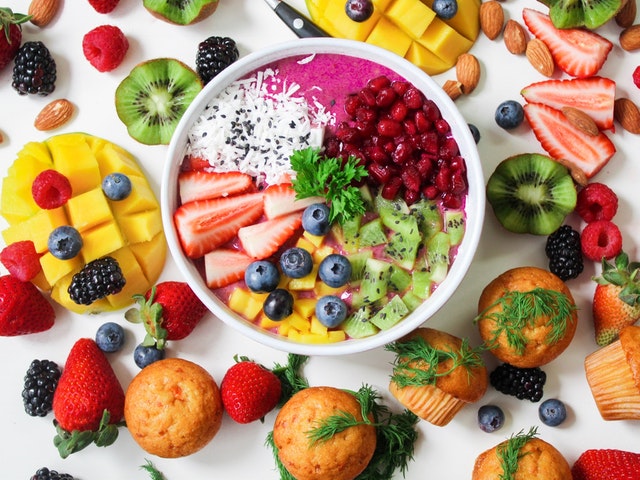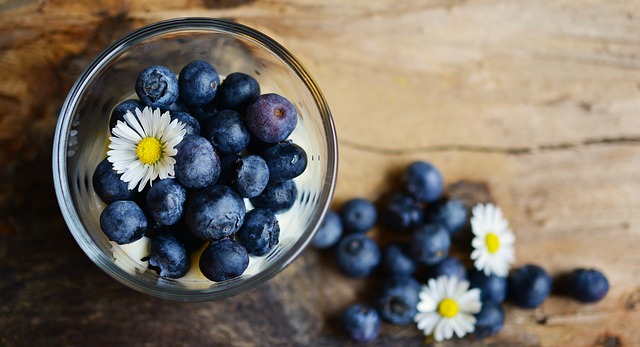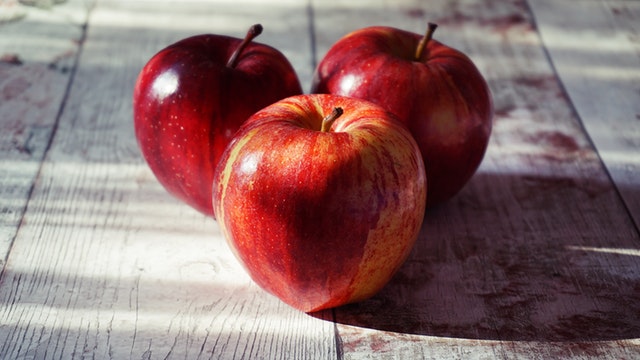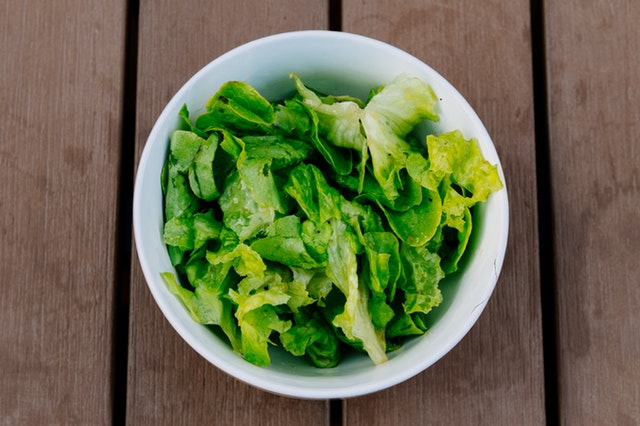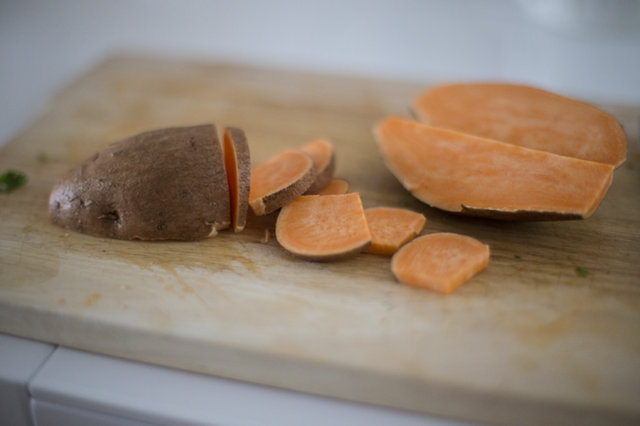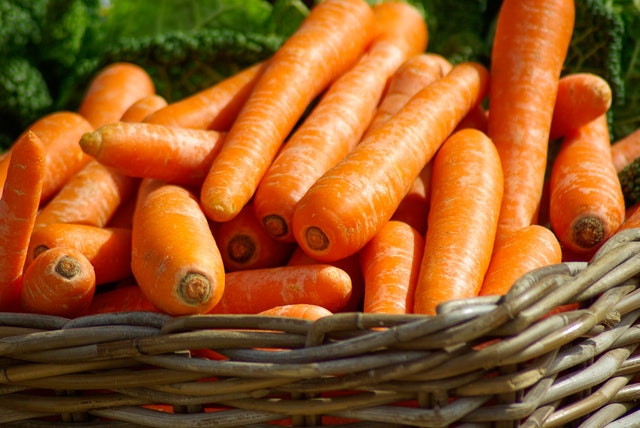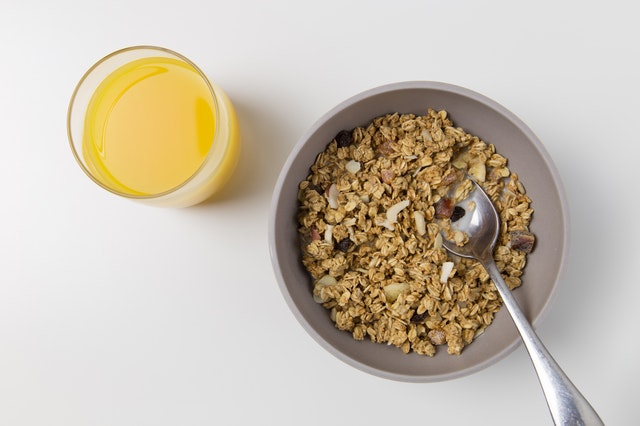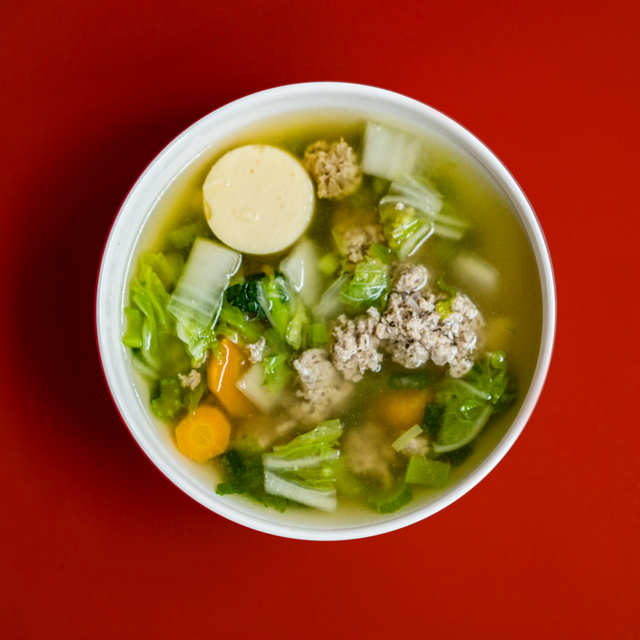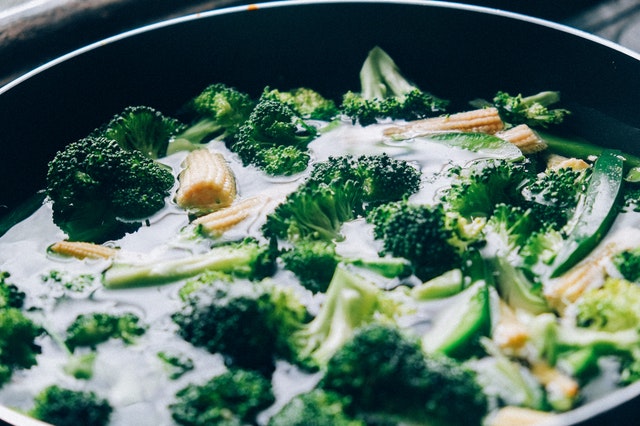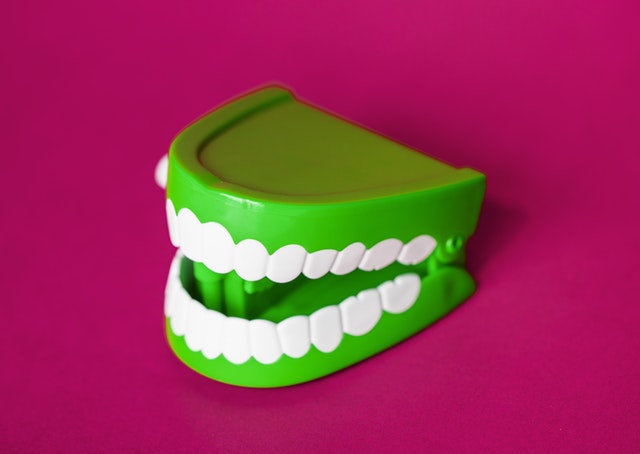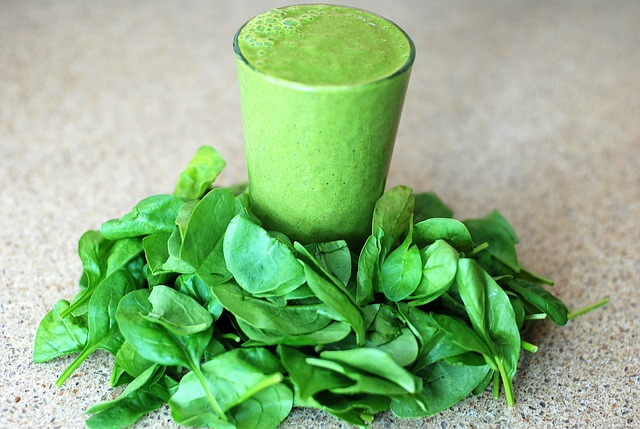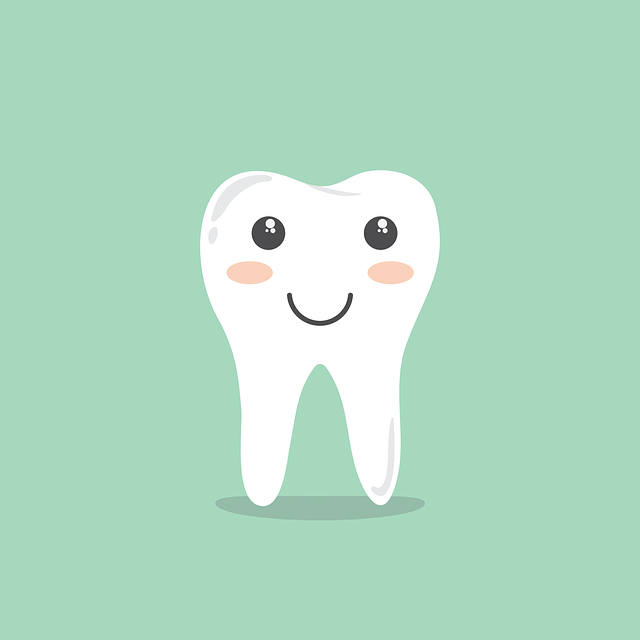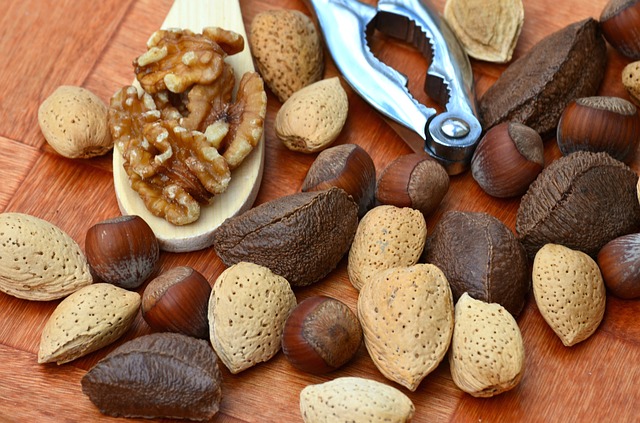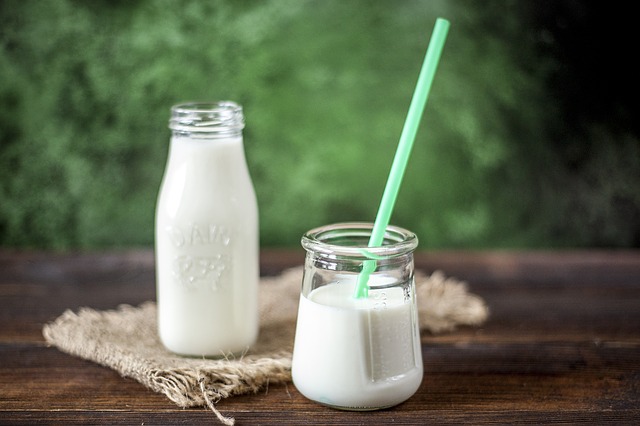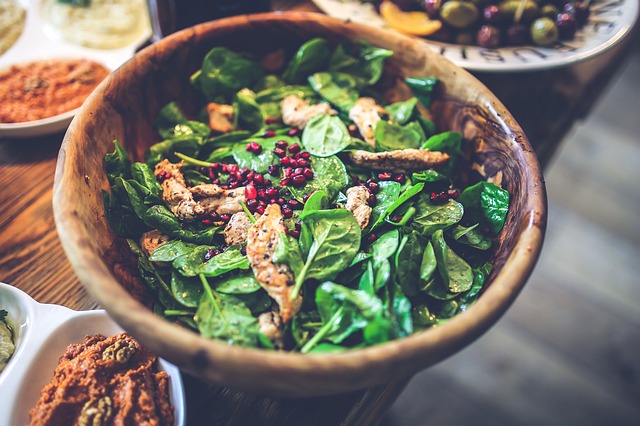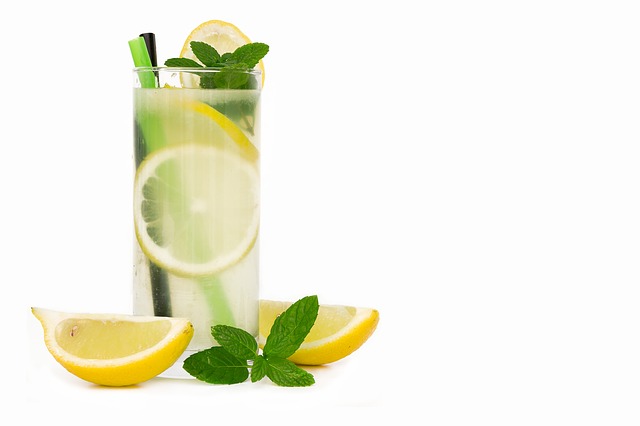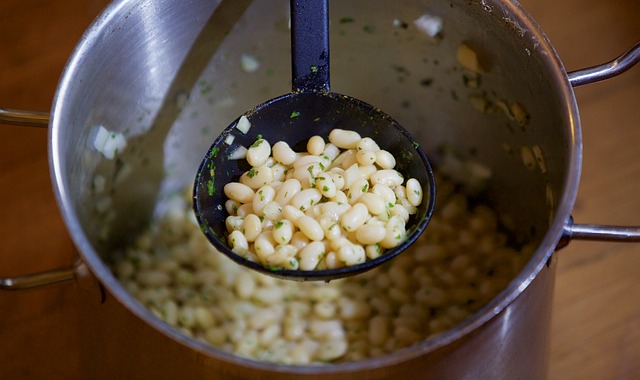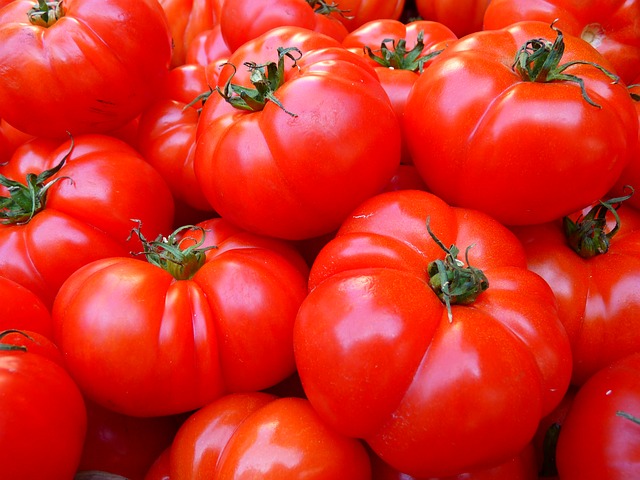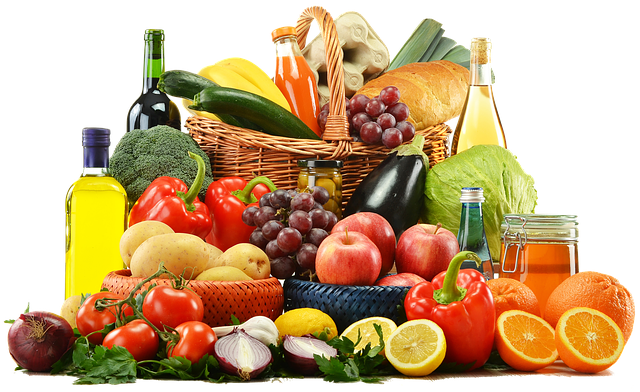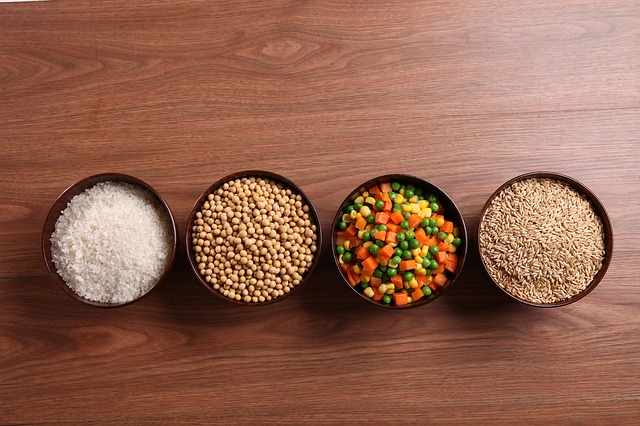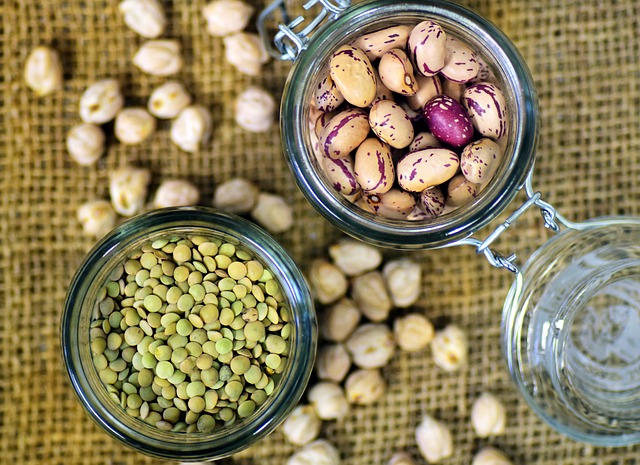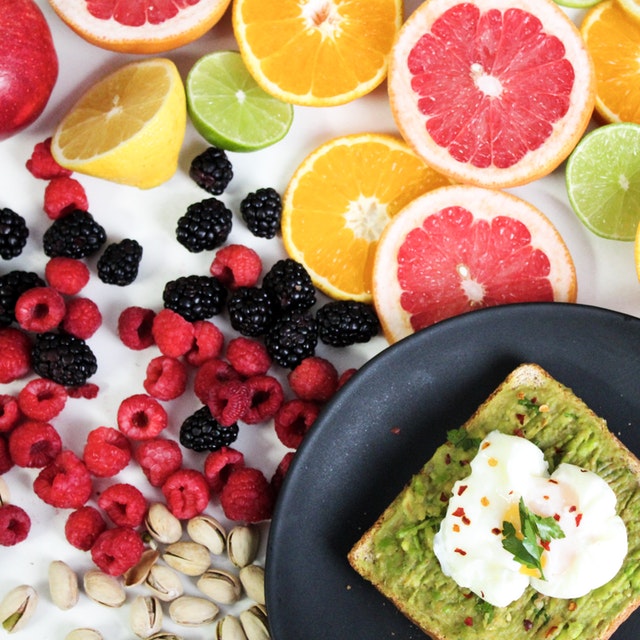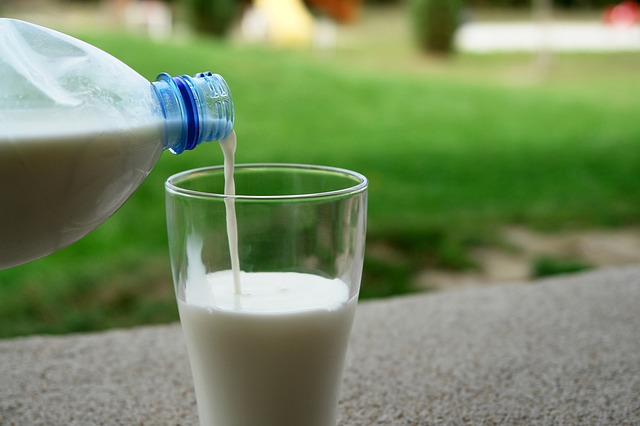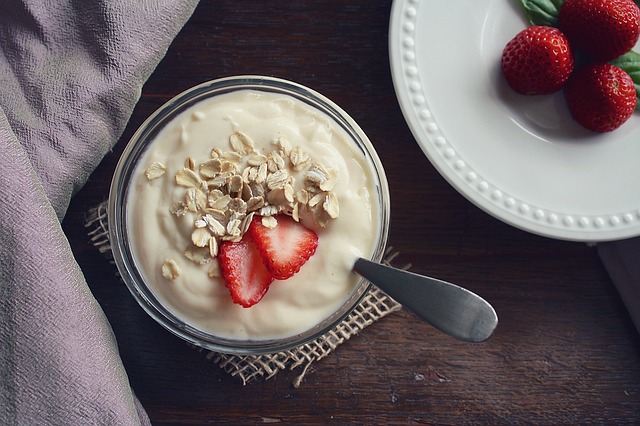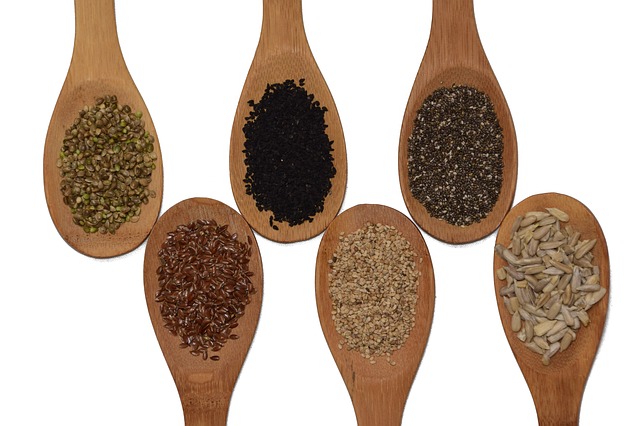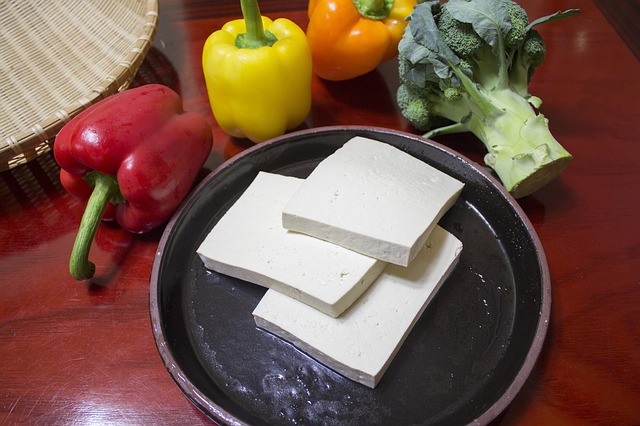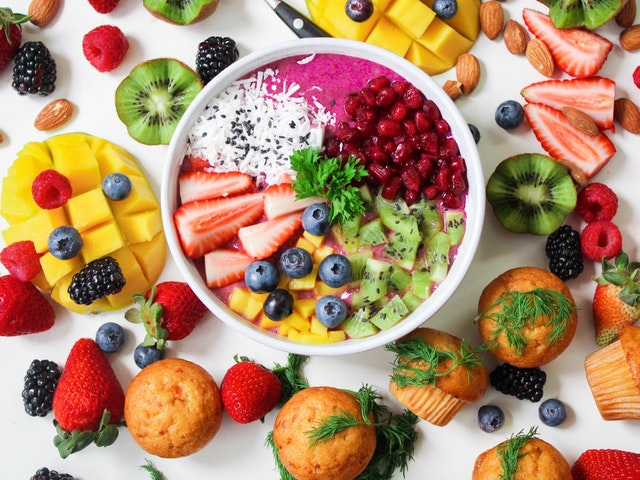3 factors that ensure a healthy heart by Dr. Naresh Trehan on World Heart Day.
World Heart Day to be observed on 29th September draws into focus the vital organ of our body primarily the engine of our system the heart. According to the world heart federation, the most number of deaths that occur in the world are due to heart. It nearly accounts for 17.9 million lives that are lost due to cardiovascular diseases which are 31 percent of global deaths. Therefore, it becomes very crucial to keep our heart healthy. Famhealth in an exclusive conversation with Dr. Naresh Trehan, one of the chief cardiac surgeons of the country as well as the chairman and managing director of Medanta- the Medicity tells about some effective tips and tricks to keep the heart-healthy.
The incensed pandemic that has girdled our lives these days has given rise to tremendous stress to our body, especially the mind, which directly affects our heart. Now it becomes so much more important to take care of our heart. So, the mounting question is what keeps our heart healthy?
Dr. Trehan primarily lists out 3 important factors that should be practiced to keep our heart healthy.
- Exercise
“When it comes to cardiovascular fitness it should be a sustained 40 minutes of exercise where heart rate goes up by 50 percent of your resting heart rate. ‘Pranayama’ is the most efficient breathing exercise that one must do regularly to calm one’s mind and body. With it, meditation and listening to “Mahāmrityunjaya Mantra’ will help in balancing the entire body. Practicing this regime at least 5 times a week will assure that your heart is in a healthy state says”, Dr. Trehan.
2.Nutrition
While talking about nutrition Dr. Trehan says,” it (nutrition) is the second most important factor which affects heart and arteries. While poor nutrition will increase the propensity of a person to suffer from atherosclerosis which is the depositing of fats in arteries therefore one must intake balanced nutrition.
Break up of daily nutrition – 50% from carbohydrates, that provide energy for daily tasks; 35 – 40 % should be from proteins which help in muscle build-up and the least amount (appx 10 – 15%) of fats because an excessive amount of fat consumption will lead to the formation of lipids that will start depositing in our liver, arteries, and heart with these all vitamins and minerals too”.
3.Genetic make
While guiding about tips to keep heart healthy Dr. Trehan acquaints the role of genetic makeup, “A history of heart disease in the family doubles the risk and chances of a person to suffer from some form of heart disease, including problems like high blood pressure, highly stressed mind, diabetes, etc. Therefore a person must know his genetic predisposition and then tailor his lifestyle according to that”.



